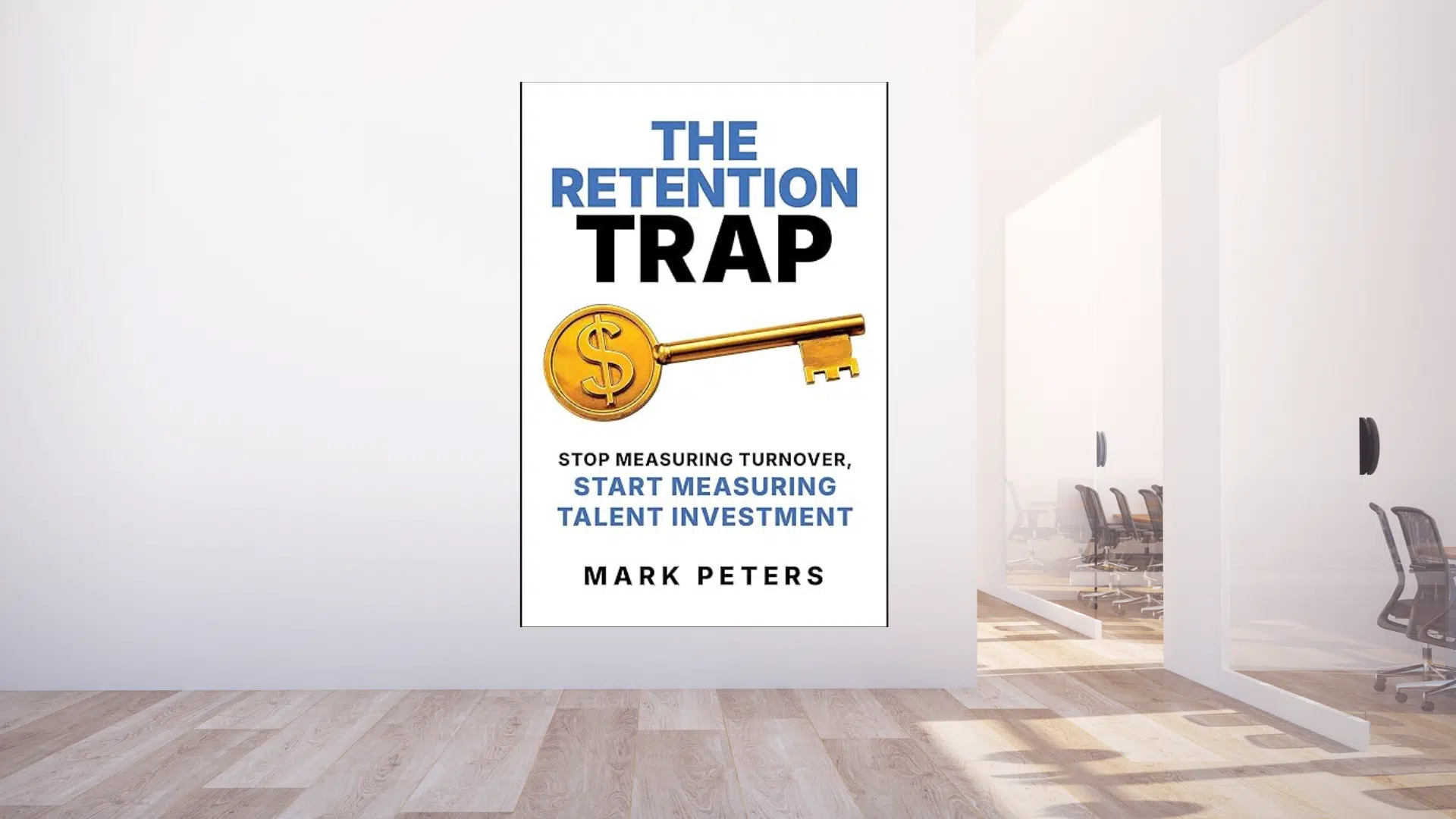
Helping Workers Feel Heard: Workplace Investigations as Opportunities for Building Employee Trust
There is no bigger opportunity for HR to model honesty and fairness than during leadership misconduct investigations. By the time someone comes to HR with a complaint, trust is already strained. Most employees don’t speak up until a situation feels unbearable. And often emotional damage is already done across a team. What happens next can either start to rebuild trust or confirm the fear among employees that nothing will change.
How companies respond and show up during an investigation into misconduct shapes what its employees believe about their organization’s commitment to fair leadership, employee safety, and the inclusion of all workers. Workplace misconduct doesn’t break a company’s culture; it reveals it.
Will leadership take the hard path, dig into uncomfortable issues, and hold leaders accountable if an investigation calls for that? Or will internal politics take over and silence the person who spoke up?
While HR may not have the power to determine a company’s ultimate response to an allegation, HR professionals play an essential role in workplace investigations, serving to convey the organization’s response and helping employees feel that their concerns are being adequately addressed.
Workplace investigations can be an organization’s moment of truth. When they are handled well, such investigations don’t just resolve issues; they can become a turning point for restoring trust, transparency, and accountability in an organization. When navigating the legal compliance required by an investigation, there is an opportunity to rebuild organizational trust among employees.
According to a 2021 study by Vault Platform, a workplace misconduct reporting platform, 51% of U.S. office workers have experienced or witnessed misconduct at work. In the U.S., workplace-related litigation reached a record high, with the top 10 cases totaling $1.58 billion, an 18 percent increase over 2019 ($1.34 billion).
How a company responds to accusations of misconduct—and how HR communicates that response—will either reinforce the company’s values or expose its cracks. Employees don’t expect perfection, but they do expect fairness. Investigations test that expectation. How HR communicates with employees who come forward in good faith can either deepen distrust in an employer or show workers that accountability, safety, and inclusion matter.
Few things shape company culture more than how HR manages misconduct investigations.
Culture Should be Revealed, Not Claimed
How an organization holds people accountable or decides not to says a lot about how it treats their employees and leaders. That’s especially important for Gen Z, which, according to government statistics, currently makes up 18% of the U.S. workforce and will make up 30% of it by 2030. Trust violations on behalf of leadership have a big impact on a company’s culture when they become known, and if they are not adequately addressed, can lead to retaliatory actions by employees, such as gossip, lack of commitment, and at the very worst, theft or sabotage.
According to law firm Fisher Phillips, the top two mistakes companies make upon learning of workplace misconduct are not responding to a complaint or avoiding the matter altogether. High-risk investigations like ADA, discrimination, or protected classes cases, often stem from employees feeling disregarded, exploited, or unsafe at work. These conditions always reveal a break in organizational trust.
According to a review of 20 years of research on employee trust published in the Journal of Business Research in 2021, employees assess the trustworthiness of an organization based on competences such as, “meeting goals and responsibilities, how the organization takes care of the well-being of employees, and how committed the organization is to following moral principles such as honesty and fairness.”
Rebuilding organizational trust after a breach of it, regardless of legal risk or who was affected, requires HR to follow a series of steps. To repair the trust, the parties’ perception must change from negative to positive.
How Trust Is Repaired: Before, During, and After an Investigation
One model detailed by the study in the Journal of Business Research outlines how to repair organizational trust in three stages that weave through with the three stages of the investigation process.
Before an Investigation: Make Sense of the Situation
When you go in with a plan, you create a general sense of safety for the parties involved. You don’t want to come to any conclusions about the outcome, but having a plan can convey preparedness to an employee who is currently experiencing uncertainty with leaders of your organization.
Being transparent about the company’s procedures are translated through phrases such as, “Let me walk you through how this works” and offer a chance for clarification, “Do you have any questions about what to expect next?” This creates a sense of safety and trust with the complainant.
During an Investigation: Address Negative Emotions
Effective investigations demand a firm grasp of the emotional aspects at play. HR professionals aren’t therapists; however, every conflict damages trust and the emotional impact must be addressed.
This is called the ‘relational aspect’ of rebuilding trust. Re-establishing social equilibrium among the parties by addressing the negative emotions caused by the misconduct.
When people feel heard, they’re less likely to get defensive. Acknowledging how employees feel about an incident can rebuild rapport, reduce tension, and open the door for real resolution. Validating the emotion behind employees’ words by responding with phrases that indicate empathy, such as, “I understand why that would make you angry,” and “I can see how this would feel incredibly unfair to you.”
According to legal services firm myHRcounsel, “It’s okay to let the employee feel what they’re feeling. You don’t have to stop the conversation just because it gets uncomfortable.” Validating the complaint’s emotional state effectively can help the employee move from reaction to reflection.
After an Investigation: Rely on Your Policies to Promote Fairness
There is often a high chance of legal liability at stake, but HR professionals can lean on a company’s internal policies to help them lead with integrity, create boundaries, and enforce fairness.
Authors of the study in the Journal of Business Research call this stage of restoring organizational trust “regulations and controls”—establishing formal rules to constrain untrustworthy behavior and prevent future trust violations. “Structural mechanisms and practices (laws, rules, policies, controls, contracts, codes, sanctions) are incorporated to deter untrustworthy and incentivize trustworthy behavior,” write the study’s authors.
When HR professionals adhere to existing company investigation policies pre- and post-investigation and act with integrity and fairness in pursuit of rebuilding organizational trust, they should urge leadership to enforce their policies for both the accuser and the person who stands accused.
Creating an Ethical Culture
In all violations, rebuilding trust almost always involves taking accountability and reorganizing organizational structures, policies, and processes. This is the foundation of an ethical culture. According to the authors of the study in the Journal of Business Research, what a company does during an investigation “signal[s] organizational trustworthiness by developing and communicating a strong shared ethical culture.” Organizational reforms may be needed to repair leadership and management practices, such as “replacing senior leaders, goal-oriented leadership, amendments to organizational rules, and cultural reforms.”
Avoiding a Lawsuit
It’s beneficial for HR to explore trust repair techniques to de-escalate situations in which misconduct has occurred by encouraging sincere apologies and identifying how trust can be restored following breaches.
During HR’s initial interview with an employee alleging misconduct, there are steps that can help de-escalate the situation:
Meet the emotion first
People want to be heard, not “fixed.” Use validation to move them from reaction to reflection. Acknowledge the courage it takes to come forward.
Clarify needs, not just facts
Use models like Nonviolent Communication to identify unmet needs—especially around safety and fairness.
Encourage accountability—even upstream
When someone takes ownership of their misconduct, it often defuses tension. This applies to leadership as well. If a company doesn’t hold leaders accountable, they enforce the idea that culture doesn’t really matter.
Bottom Line: Investigations Are Opportunities
Rebuilding organizational trust through sense-making, addressing negative emotions, establishing social equilibrium, and creating an ethical culture can transform your organization’s culture at a critical time of disruption. When HR leads with clarity, care, and fairness, employees take notice. And the impact goes beyond just resolving a complaint.
HR should help leadership build workplaces where people believe the system works. Where trust isn’t just a word on the wall. It’s something employees experience. That’s when employees speak up sooner. That’s when trust becomes real. And that’s when your workplace becomes more than compliant—it becomes healthy, fair, and human.
The information contained in this site is provided for informational purposes only, and should not be construed as legal advice on any subject matter.

Advice in Your Inbox
Join our newsletter for free bi-monthly toolkits and downloads on how to hire, support, and retain your best talent.






